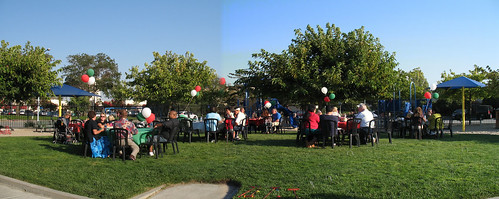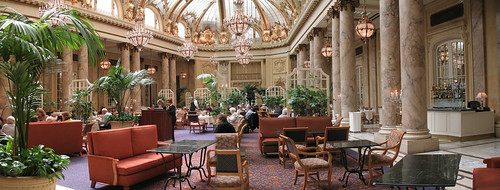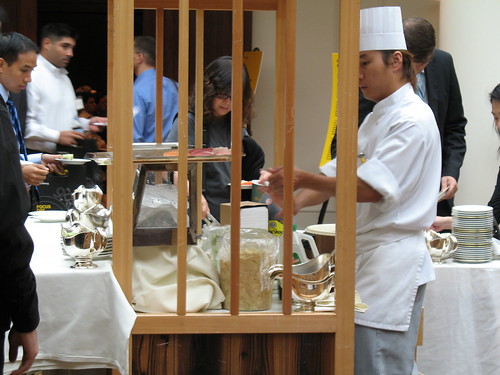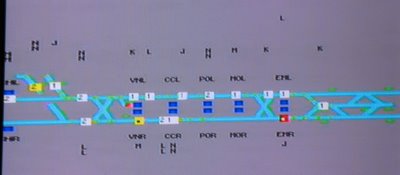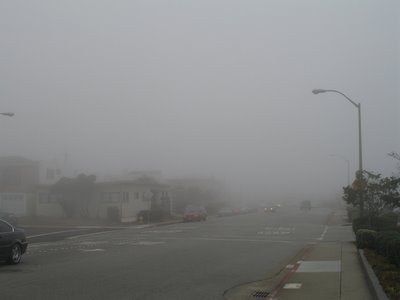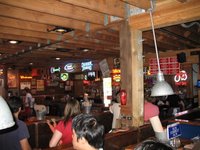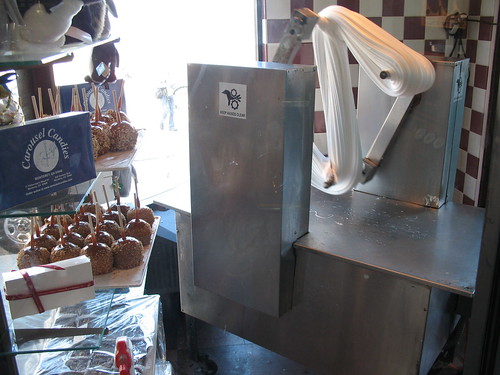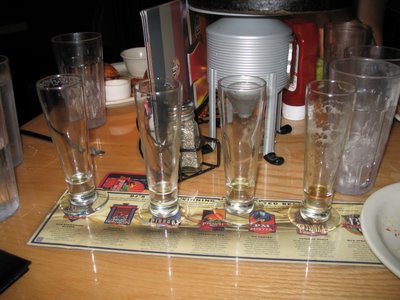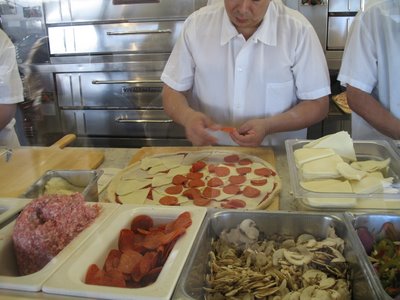When Two or Three Are Gathered
In the pre-1970 Episcopal Church it made no difference to the meaning of the church service whether one was alone in the pew or whether there were hundreds of others in attendance. Eyes were glued to the front (when heads were not bowed), noisy children were given dirty looks until they quieted, and when the prayers began worshippers promptly knelt (“hit the deck” as my old priest used to say) and stayed put until they went to the altar for Communion.
The revised Book of Common Prayer seemed revolutionary when it came out in 1976. Not only was the language updated--thee, thou, and thine became "you" and "your"--but the new services demanded that the congregation pay attention to what was going on. The Prayers of the People required regular responses from the flock, and the passing of the peace encouraged people to talk to each other, shake hands, and maybe crack a smile. While the openness and informality initially made many uncomfortable, people not only got used to it, but it’s doubtful many would want to go back.
I am acquainted with believers who will have nothing to do with organized religion. They worship in their own homes, either alone or in small groups. It is of course within their right to do so, and churches can certainly be criticized for being too structured, unspiritual, and focused on money and social-clubbing.
But I like the idea of gathering once a week with people who are from very different backgrounds and don't think like me. From sad experience I know that I've often been mistaken, so I won't learn anything by associating only with the like-minded.
And we shouldn't dismiss the access we have to the knowledge and training of ministers, deacons, and seminarians. Most questions that seem original to the neophyte are actually very old. There is nothing new under the sun, said the prophet, so save the wheel-spinning. It's a lot easier to just ask the guy (or gal) in the frock. © 2006 Stephen Yuen
